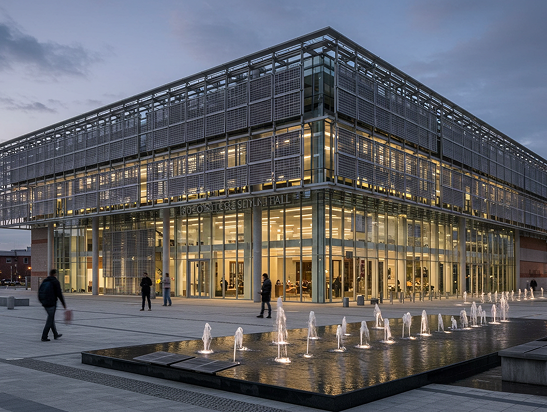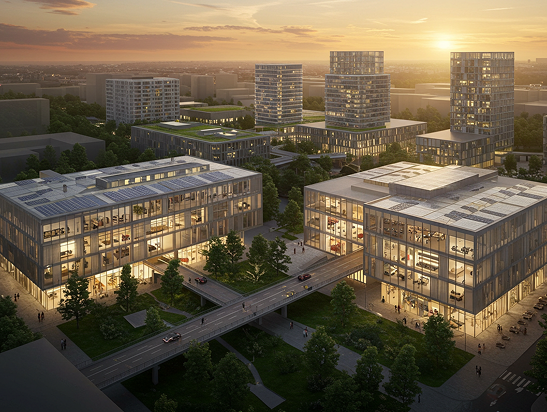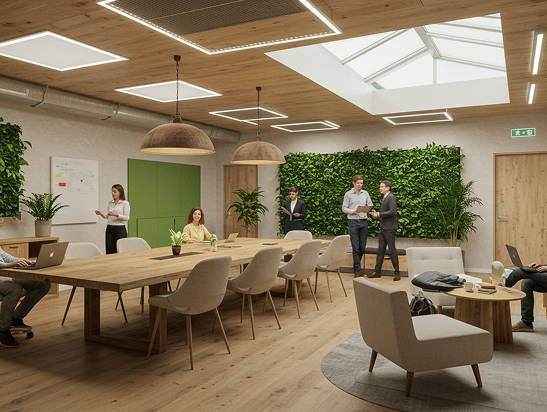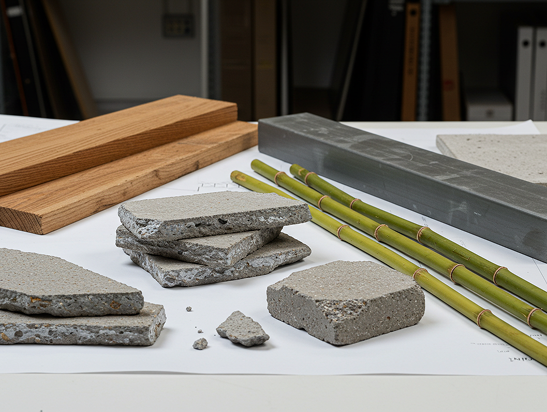What Makes a Building Truly “Green”?

By Verda Architecture
In an era where sustainability has become a global priority, the term “green building” is often used — but rarely understood in its full depth. True sustainability extends far beyond a few solar panels or a green façade; it’s about creating structures that respect the planet, enhance human well-being, and stand the test of time.
At Verda Architecture, we believe that a truly green building begins with a mindset — one that blends innovation, empathy, and ecological intelligence into every design decision.
1. Efficiency at the Core
The foundation of sustainable architecture lies in energy efficiency. A green building is designed to consume less power by maximizing natural light, enhancing insulation, and optimizing ventilation.
Passive solar orientation, high-performance windows, and energy-smart materials all work together to reduce dependence on artificial systems. The result? A building that not only lowers its carbon footprint but also minimizes operational costs over time.
2. Materials with a Purpose
What we build with is just as important as how we build.
Sustainable structures prioritize renewable, recycled, and locally sourced materials. Bamboo, reclaimed wood, and low-carbon concrete offer durability without environmental compromise.
At Verda, we see materials as storytellers — each choice reflecting a respect for nature and a commitment to responsible craftsmanship.
3. Water and Resource Stewardship
A green building treats water like the precious resource it is. Smart systems like rainwater harvesting, greywater recycling, and low-flow fixtures ensure every drop is valued.
Beyond water, resource efficiency extends to waste reduction during construction and throughout a building’s lifecycle — promoting a culture of conscious use rather than excess.
4. Well-being Through Design
Sustainability is not only about environmental impact — it’s also about human health and comfort.
Natural ventilation, daylight access, thermal comfort, and biophilic design principles all contribute to spaces that nurture both body and mind.
A truly green building supports productivity, creativity, and well-being through design that feels effortless yet intentional.
5. Integration with Clean Energy
Modern green buildings are active participants in the energy ecosystem. Solar panels, wind micro-turbines, and battery storage systems allow structures to produce as much — or more — energy than they consume.
This shift toward net-zero and regenerative design transforms buildings into contributors to the environment, not just consumers of it.
6. Longevity and Adaptability
True sustainability isn’t temporary. It’s about creating spaces that can adapt, evolve, and endure.
A green building is designed with flexibility in mind — modular layouts, durable materials, and timeless design that reduce the need for demolition and reconstruction.
In Essence: Beyond Green, Toward Regenerative
A building becomes truly green when it gives back — to the people who inhabit it and to the environment that sustains it.
At Verda Architecture, we go beyond compliance and certifications. Our mission is to create regenerative architecture — structures that heal, inspire, and perform in harmony with the planet.
Because sustainability isn’t a feature.
It’s the future of good design. 🌿








